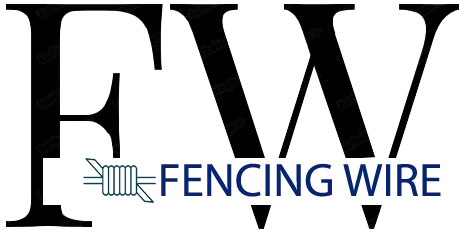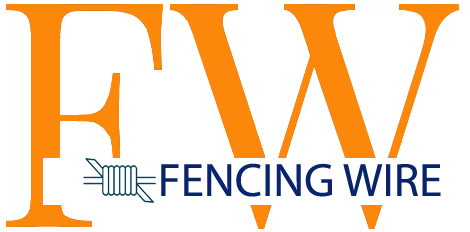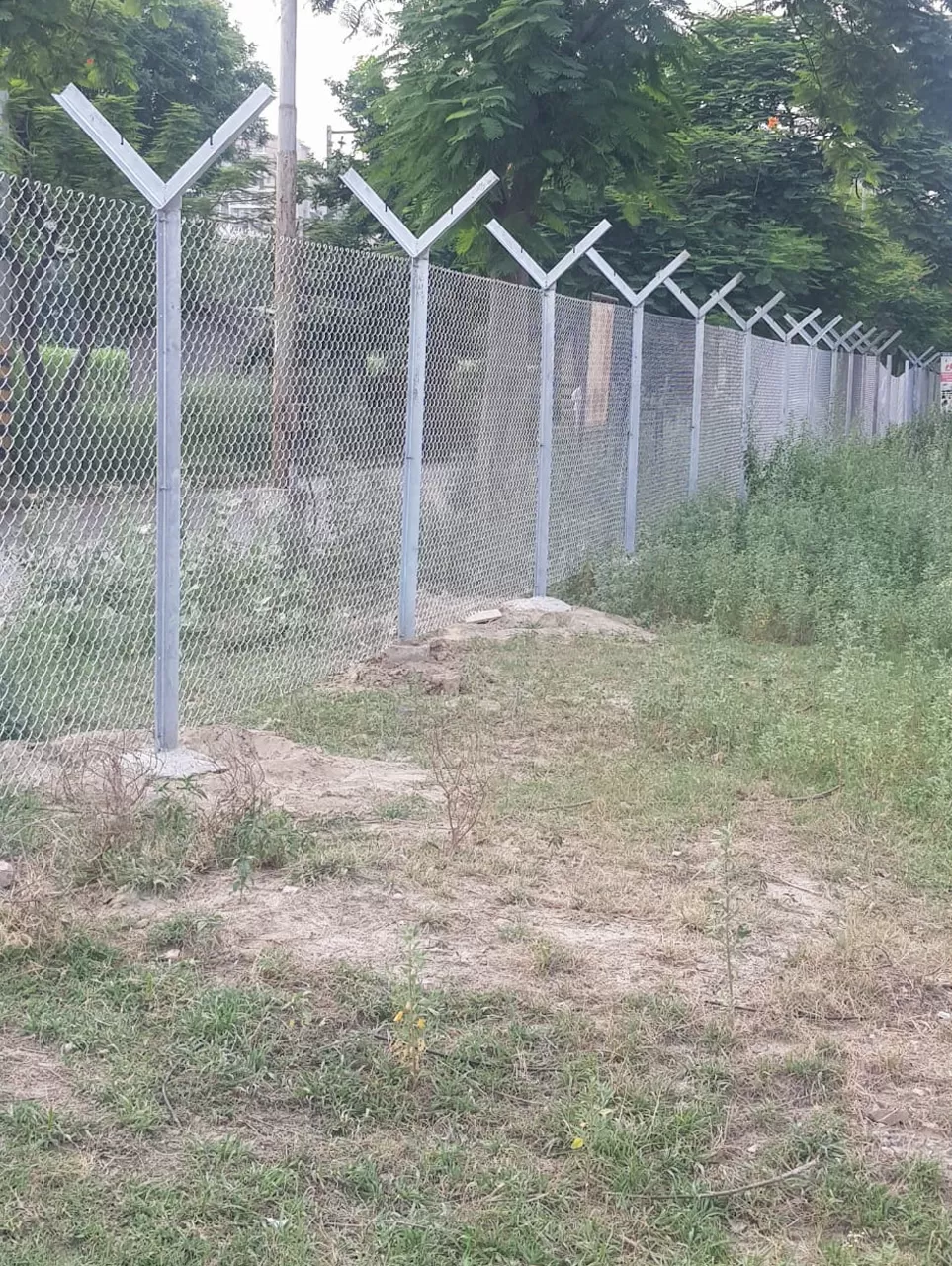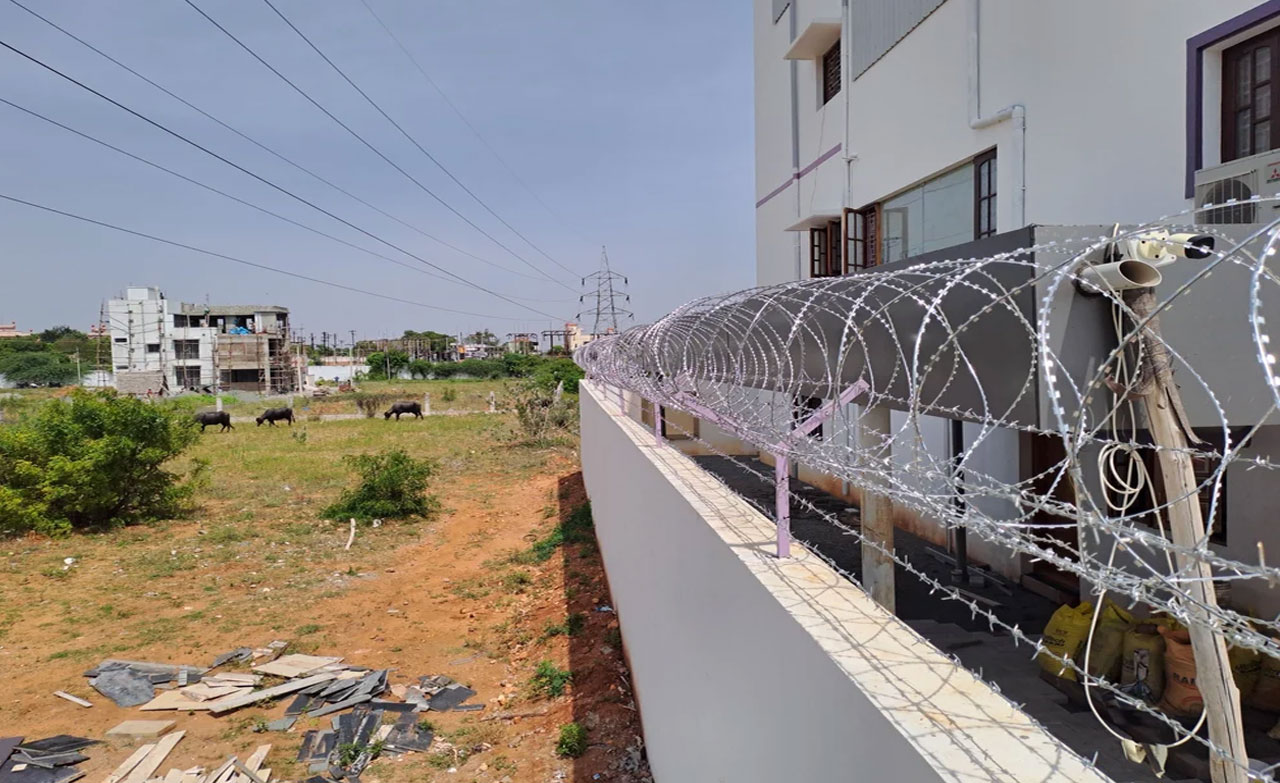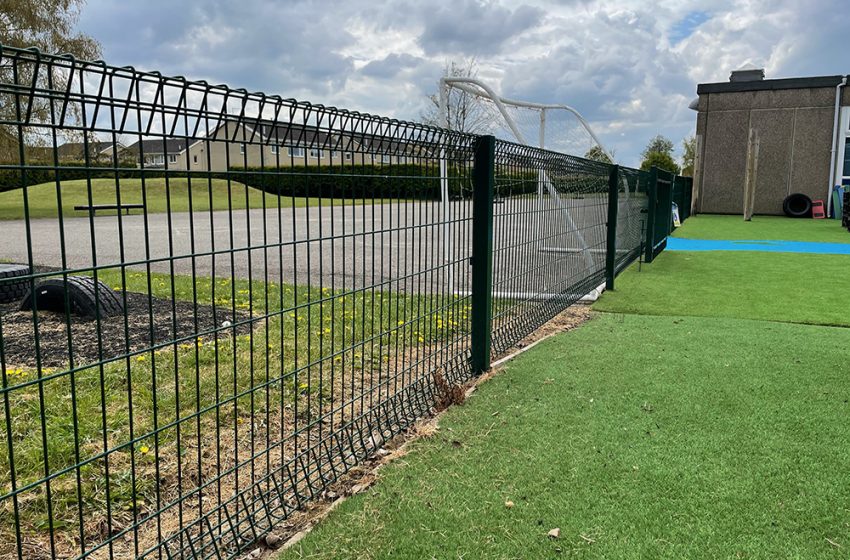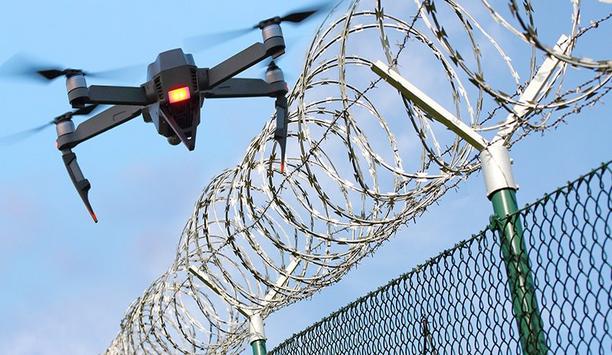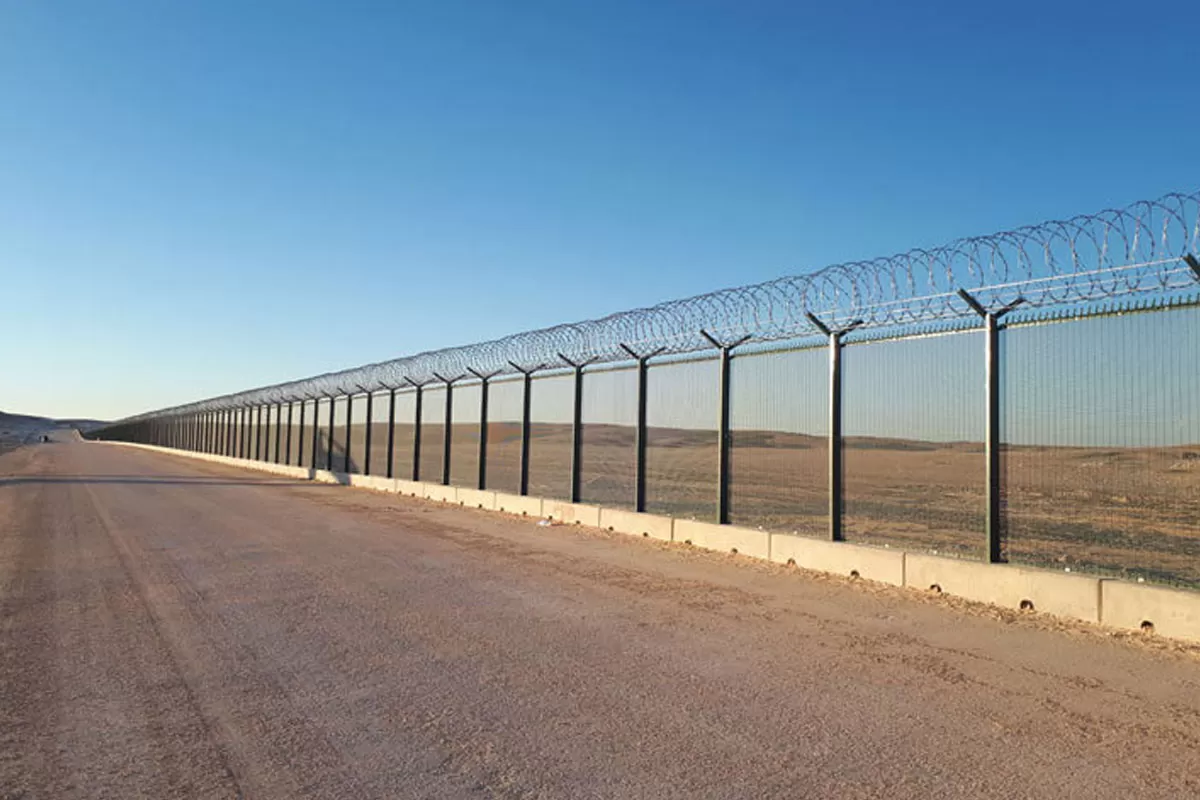I.
Fencing stands as the silent sentinel, a crucial component in safeguarding our surroundings. Beyond mere boundaries, fencing plays a pivotal role in ensuring safety and security. This blog embarks on a journey to illuminate the significance of fencing, unraveling its multifaceted role in protecting homes, businesses, and institutions. Our primary objective is to equip readers with the knowledge needed to make judicious decisions when venturing into the realm of fencing wire acquisition.
II. Types of Fencing Wires
A. Concertina Coils and Concertina Wire
Definition and Purpose:
Concertina coils and wires, synonymous with high-security, embody a formidable deterrent. Defined by their coiled structure, these wires are designed to impede unauthorized access, offering a robust barrier against intruders.
Key Features and Benefits:
Compact yet potent, concertina wires boast ease of deployment.
Enhanced security due to their sharp, interlocking coils.
Effective deterrent in diverse terrains and weather conditions.
Suitable Applications:
Concertina coils find their niche in high-security areas:
Perimeters of military installations.
Critical infrastructure protection.
Border security and sensitive zones.
B. Chainlink Fencing
Description and Common Uses:
Chainlink fencing, a ubiquitous sight, comprises a mesh of interlinked wires forming a durable barrier. Its versatility makes it a popular choice for various applications.
Advantages of Chainlink Fencing:
Transparency facilitates visibility while maintaining security.
Cost-effective and relatively simple installation.
Suitable for diverse environments, from residential to industrial.
Variants like PVC Coated Chainlink:
PVC coating enhances durability and aesthetics.
Resistant to corrosion, making it ideal for outdoor use.
Wide range of colors to match surroundings.
C. Steel Wire for Concertina
Importance of Quality Steel Wire:
Quality steel wire is the backbone of robust fencing. It determines the overall strength, longevity, and effectiveness of concertina wire barriers.
Considerations When Choosing Steel Wire for Concertina:
Gauge thickness: Thicker gauges offer increased strength.
Galvanized or stainless steel options for corrosion resistance.
Understanding tensile strength and its impact on security.
D. Barbed Wire and Razor Wire
Differences Between Barbed and Razor Wire:
Barbed wire: Conventional with pointed barbs; effective deterrent.
Razor wire: Elevated security with sharp, razor-like edges.
Ideal Scenarios for Each Type:
Barbed wire: Agricultural and low-security applications.
Razor wire: Prisons, high-security installations, and restricted areas.
E. Stay Wire
Definition and Role in Fencing:
Stay wires, often overlooked, provide structural support to fencing systems. They contribute to the overall stability and integrity of the fence.
Material Considerations for Stay Wire:
High-tensile steel for strength and durability.
Galvanized or coated for corrosion resistance.
Matching the stay wire material to the main fencing structure.
This comprehensive exploration of fencing wire types sets the stage for informed decision-making, ensuring that your choice aligns seamlessly with the security needs of your specific environment.
III. Additional Fencing Components
A. Concertina Clips
Functionality and Types:
Concertina clips serve as the linchpin in ensuring the efficacy of concertina wire installations. These clips are specifically designed to secure and connect coils, maintaining the integrity of the overall barrier. Common types include:
Single Clips: Basic connectors for adjoining coils.
Cross Clips: Ensuring stability at intersecting points.
Corner Clips: Vital for maintaining tension in corners.
Importance of Proper Installation:
Security Enhancement: Correctly installed clips prevent gaps or weak points in the concertina wire, optimizing security.
Durability: Properly secured coils resist sagging, ensuring a longer lifespan.
Professional Installation: Engaging experts for installation guarantees optimal functionality and a robust barrier.
B. J Clips for Concertina
Role in Securing Concertina Wires:
J clips play a pivotal role in holding concertina wires together, preventing unwarranted separation or disarray. Their J-shaped design ensures a secure grip on the wires, contributing to the overall stability of the fencing system.
Installation Tips:
Proper Alignment: Align the J clips at regular intervals for consistent tension.
Tight Fastening: Ensure a tight fit without over-tightening to avoid damage.
Weather Resistance: Opt for corrosion-resistant materials to withstand diverse weather conditions.
IV. Brands and Quality
A. Tata Wiron Brand Wire
Overview of Tata Wiron as a Trusted Brand:
Tata Wiron stands as a stalwart in the fencing wire industry, renowned for its commitment to quality and reliability. With a legacy backed by the Tata Group, this brand instills confidence in customers seeking durable and high-performance fencing solutions.
Quality Features of Tata Wiron Fencing Wires:
Premium Materials: Tata Wiron employs top-grade materials ensuring strength and longevity.
Stringent Quality Control: Rigorous testing processes guarantee compliance with industry standards.
Innovation: The brand continually evolves, incorporating cutting-edge technologies for enhanced performance.
V. Security Fencing and Perimeter Fencing
A. Importance of Security Fencing
Discuss the Role of Security Fencing:
Security fencing transcends mere physical boundaries; it acts as the first line of defense against unauthorized access. From deterring intruders to offering a visible deterrent, security fencing is a strategic investment in safeguarding assets and lives.
Key Considerations When Choosing Security Fencing:
Height and Deterrence: Optimal height for deterring potential intruders.
Material Strength: High-tensile materials for resilience against tampering or cutting.
Surveillance Integration: Compatibility with surveillance systems for enhanced security.
B. Perimeter Fencing
Definition and Significance:
Perimeter fencing delineates the outer boundaries of a property, serving as both a physical and psychological barrier. Its significance lies in establishing a clear demarcation of property lines and enhancing overall security.
Material and Design Considerations:
Material Selection: Choose materials based on environmental factors, such as weather resistance and corrosion protection.
Aesthetic Integration: Consider the visual impact, ensuring the fence complements the property.
Customization: Tailor the design to the specific security needs of the property.
This exploration into additional fencing components, trusted brands, and the nuanced aspects of security and perimeter fencing equips readers with the knowledge needed to make informed decisions in fortifying their spaces.
VI. Factors to Consider When Buying Fencing Wires
A. Budget Considerations
Balancing Quality and Cost:
Evaluate Priorities: Determine specific security needs before setting a budget.
Comparative Analysis: Compare different fencing wire options based on their features and costs.
Long-Term Value: Consider upfront costs against the long-term benefits of durability and security.
Long-Term Cost-Effectiveness:
Investment vs. Expenses: Recognize fencing as an investment in long-term security.
Total Cost of Ownership: Consider maintenance and repair costs over the lifespan.
Future-Proofing: Opt for quality to minimize the need for frequent replacements.
B. Durability and Maintenance
Material Choices Affecting Durability:
Weather Resistance: Select materials that withstand local weather conditions.
Corrosion Protection: Opt for galvanized or coated wires for corrosion resistance.
Impact Resistance: Consider the resilience of materials against external forces.
Maintenance Tips for Different Types of Fencing Wires:
Regular Inspections: Periodic checks for damage, corrosion, or wear.
Cleaning Procedures: Appropriate cleaning methods based on the material.
Repair Promptly: Addressing issues promptly to prevent escalation.
C. Compliance and Regulations
Overview of Relevant Regulations:
Height and Design Guidelines: Understanding local regulations on fence height and design.
Material Restrictions: Be aware of any restrictions on specific materials.
Permit Requirements: Check if permits are required for installation.
Ensuring Compliance with Local Standards:
Consult Authorities: Seek guidance from local authorities or building departments.
Documentation: Keep records of permits and adherence to regulations.
Professional Assistance: Engage professionals to ensure compliance with standards.
VII. Conclusion
In the pursuit of fortifying your surroundings with reliable fencing wires, it’s essential to consider various factors that align with your specific needs. From budget considerations to compliance with regulations, each aspect plays a crucial role in the effectiveness and longevity of your fencing solution.
VIII.
Invite readers to explore the range of fencing wires available at https://fencingwire.in.
For inquiries and personalized assistance, feel free to contact us at FENCING WIRE
In closing, we encourage you to make informed decisions that not only meet but exceed your security expectations. Your safety is our priority, and we look forward to being part of your journey in fortifying your spaces.
